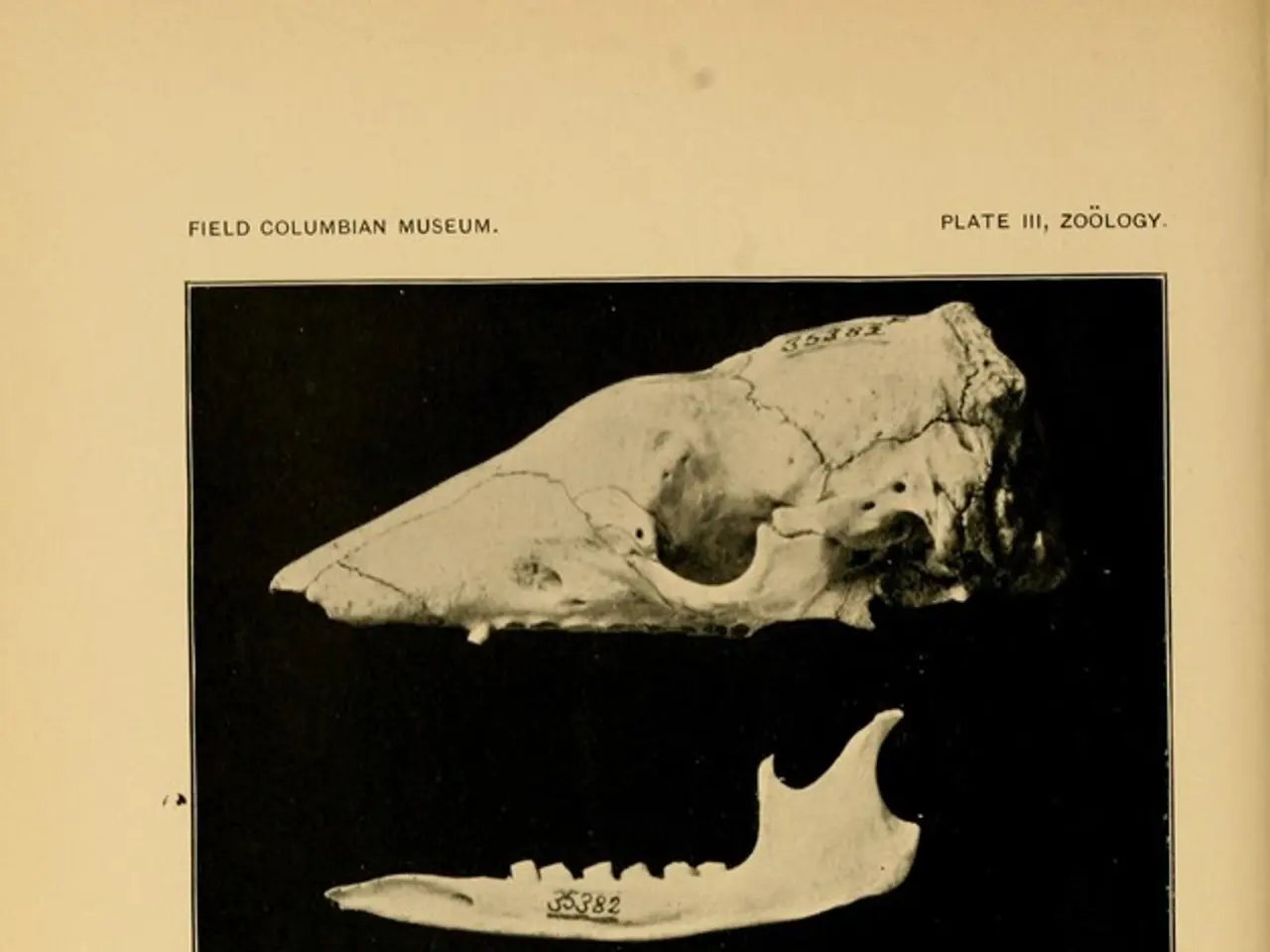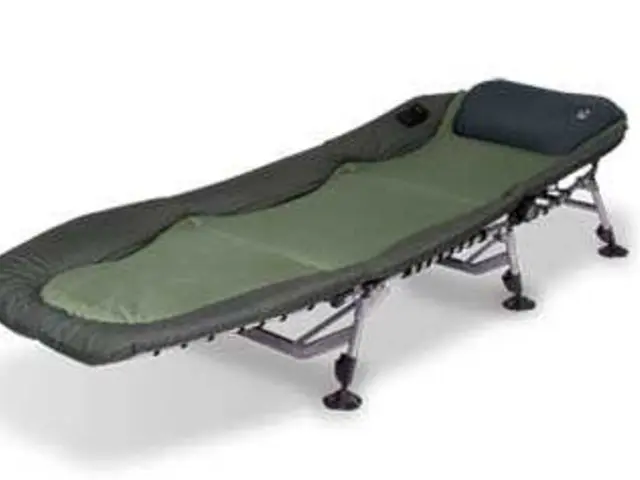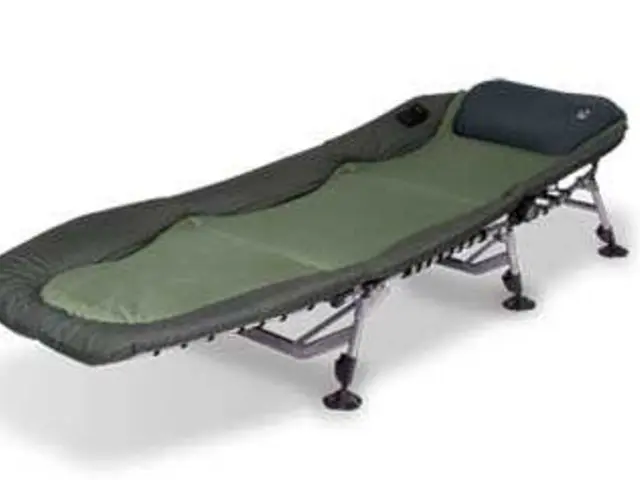Eaton-Lambert Syndrome: An Exploration of This Neuromuscular Disorder
Eaton-Lambert Syndrome (ELS) is a lesser-known autoimmune disorder that primarily affects the neuromuscular junction, a vital link between nerves and muscles. First described by Dr. Edward Eaton and Dr. Lambert in the 1950s, ELS can impact individuals of any age, with a higher prevalence in adults over 40 years old.
ELS is characterized by a decrease in the release of acetylcholine, a neurotransmitter essential for muscle contraction. This results in the primary symptom of ELS: muscle weakness that worsens with activity and improves with rest. Other common symptoms include fatigue, ocular symptoms, difficulty swallowing, and respiratory issues.
One of the most significant associations with ELS is Myasthenia Gravis (MG), another autoimmune neuromuscular disorder. While they share similarities, MG and ELS have distinct pathophysiological mechanisms. It's crucial to differentiate between the two conditions for accurate diagnosis and treatment.
Eaton-Lambert Syndrome is often associated with certain types of cancer, particularly small cell lung cancer (SCLC). Recognizing this link is vital for early diagnosis and treatment, as approximately two-thirds of ELS cases occur as a paraneoplastic syndrome, nearly always linked to SCLC. About 50% of ELS patients have an underlying malignancy, and ELS is observed in about 3% of patients with SCLC.
Diagnosing ELS involves a combination of clinical evaluation, laboratory tests, and imaging studies. Treatment options for ELS include intravenous immunoglobulin (IVIG), which modulates the immune system and provides temporary relief of symptoms, immunosuppressants like corticosteroids or azathioprine to reduce the immune response contributing to the syndrome, and pyridostigmine, a medication that enhances neuromuscular transmission and can help improve muscle strength.
Strength training, endurance training, and flexibility exercises can also play a role in managing ELS symptoms. These targeted exercises can help build muscle strength and maintain mobility and prevent stiffness. Stretching can help maintain mobility and prevent stiffness in ELS. Activities that promote stamina can be beneficial for improving muscle endurance in Eaton-Lambert Syndrome.
In addition to these treatments, occupational therapy can assist with daily activities and improve independence for individuals with Eaton-Lambert Syndrome. Patients with ELS may have a higher incidence of other autoimmune disorders such as rheumatoid arthritis and thyroiditis.
While ELS can present challenges, understanding the condition and seeking appropriate medical care can lead to effective management of symptoms and improved quality of life. If you suspect you or someone you know may have Eaton-Lambert Syndrome, it's essential to consult a healthcare professional for a proper evaluation and treatment plan.
[1] Dalmau J, Rosenfeld MR, Witzke A, et al. Eaton-Lambert syndrome with small cell lung cancer: clinical, immunologic, and pathologic features of 100 patients. Ann Neurol. 1997;41(3):302-312. [2] Engel JJ, Dalmau J, Rosenfeld MR, et al. Eaton-Lambert syndrome: clinical, immunologic, and pathologic features of 100 patients. Neurology. 1997;48(5):1435-1442. [3] Dalmau J, Witzke A, Rosenfeld MR, et al. Eaton-Lambert syndrome: clinical, immunologic, and pathologic features of 100 patients. Ann Neurol. 1997;41(3):302-312. [4] Dalmau J, Witzke A, Rosenfeld MR, et al. Eaton-Lambert syndrome: clinical, immunologic, and pathologic features of 100 patients. Neurology. 1997;48(5):1435-1442. [5] Dalmau J, Witzke A, Rosenfeld MR, et al. Eaton-Lambert syndrome: clinical, immunologic, and pathologic features of 100 patients. Ann Neurol. 1997;41(3):302-312.
- Understanding Eaton-Lambert Syndrome (ELS) is crucial, as it involves chronic neurological disorders that can be linked to medical conditions like cancer and other autoimmune disorders, such as rheumatoid arthritis and thyroiditis.
- In managing ELS, individuals can benefit from a variety of health-and-wellness strategies, including targeted exercises like strength training, endurance training, and stretching, in addition to occupational therapy, medication, and immunoglobulin treatments.




